Covering Ground
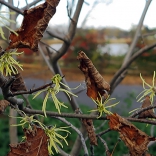 Look around for clues to beautiful winter landscapes
Look around for clues to beautiful winter landscapes
People often ask about creating a landscape with four-season appeal. I tell them that our northeastern winters put our imaginations to the test--because we human beings are more attracted to beautiful colors than we are to interesting shapes and textures. These dormant months are a great time, however, to find the structure of the landscape.
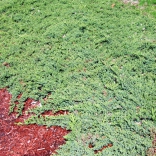 Cover ground with shrubs--why not?
Cover ground with shrubs--why not?
No lawn mower has ever touched a 2,500 square-foot section of my yard, nor will it, as long low-growing juniper shrubs continue to thrive on this hot, sunny, dry, windy embankment. These junipers are poster children for the concept of putting the right plant in a place, the perfect groundcover for the spot. (No credit to me.
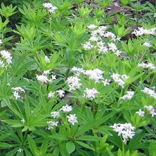 No need to tiptoe around these groundcovers
No need to tiptoe around these groundcovers
"Don't step on the garden fairies," my grandmother used to admonish. It was her way of making me walk carefully around the plants in her beautiful vegetable gardens.
It took me a long time to get over the fear of harming garden fairies.
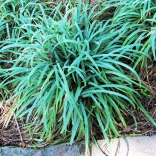 Covering Ground with Native Ornamental Grass and Sedge
Covering Ground with Native Ornamental Grass and Sedge
Turfgrass and ornamental grass share the same last name, but they are very different plants. What's important is that ornamental grasses and their cousins, the sedges, are great problem-solvers, capable of filling niches where turfgrass is faint of heart.
Consider the differences:
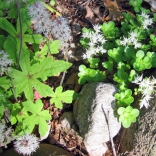 Sedum: Desert Camel of the Groundcover World
Sedum: Desert Camel of the Groundcover World
It’s hot; it’s dry. Do you know where your sedum is?
These plants are the quintessential ingredient in many green roofs, though you may know sedum as the tall autumn species that flowers along with mums and ornamental kale.
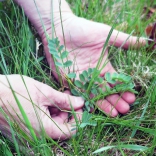 How to Manage Weeds Without Weedkillers
How to Manage Weeds Without Weedkillers
Got weeds? Of course we all do--and they make us nuts. I count six ways to manage weeds without bottles of chemicals.
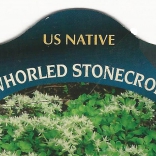 How native is that native plant?
How native is that native plant?
Native plants went mainstream over the past five years as many people embraced the value of these plants to beneficial insects that pollinate our landscape and farms, especially to feeding specialists such as the monarch butterfly.
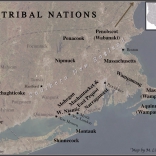 Indigenous knowledge of native plants yields surprising new insights
Indigenous knowledge of native plants yields surprising new insights
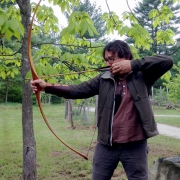 Perhaps you've heard the simple definition of a native plant: A plant that grew naturally on the American landscape prior to European settlement.
Perhaps you've heard the simple definition of a native plant: A plant that grew naturally on the American landscape prior to European settlement.
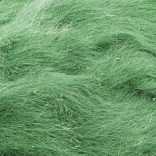 Want less lawn work? Start with the seeds.
Want less lawn work? Start with the seeds.
If you are a lawn owner, perhaps you’ve wondered if there’s a way reduce the commitment and still have healthy grass. According to some in the turf industry, there is—and it starts with the seeds.
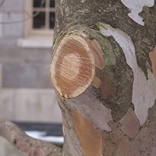 Now's the time to prune all trees and shrubs, almost
Now's the time to prune all trees and shrubs, almost
Seize the day and seize the pruning saw. It's late winter and time to prune (most) trees and shrubs. The list of exclusions is pretty short, so here goes:
